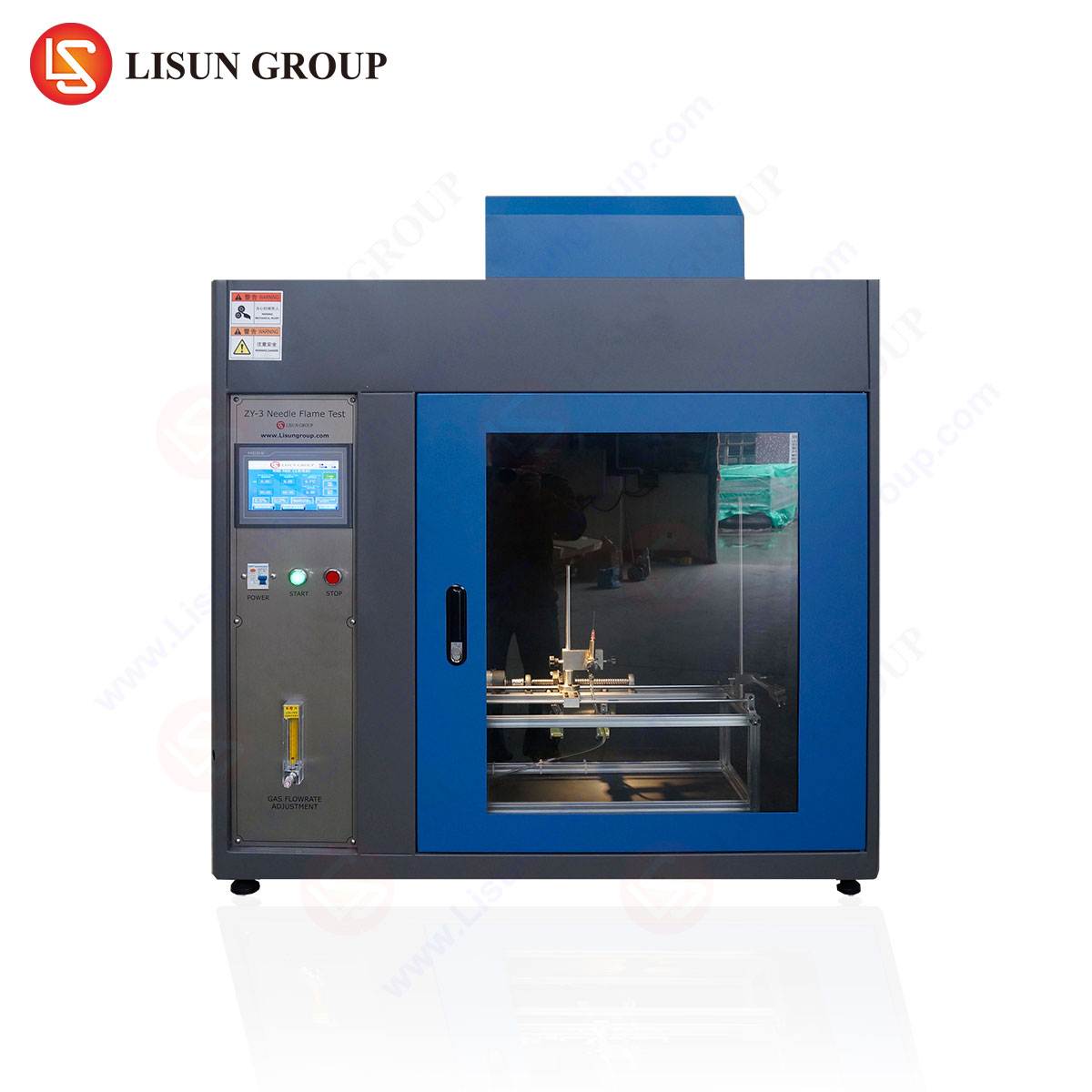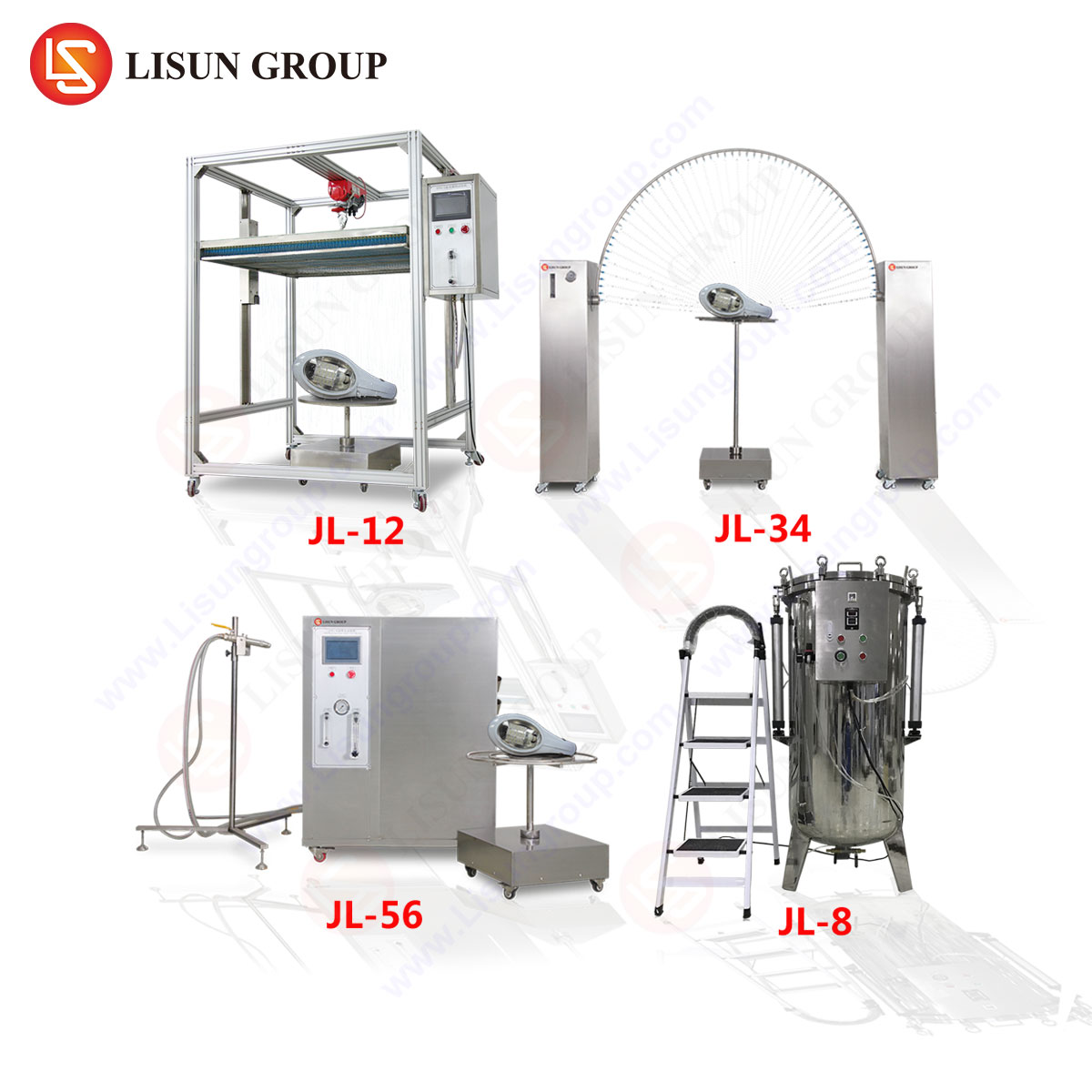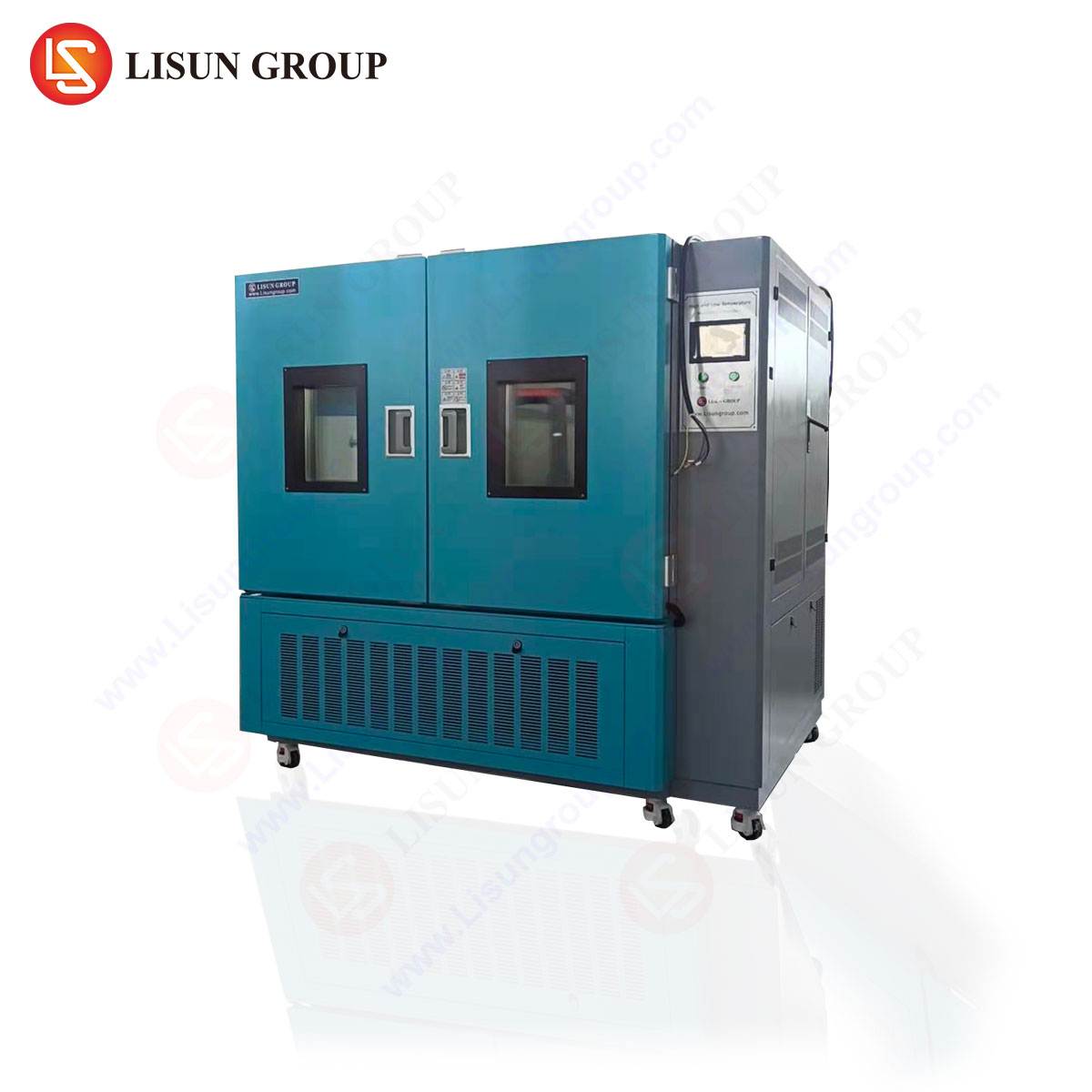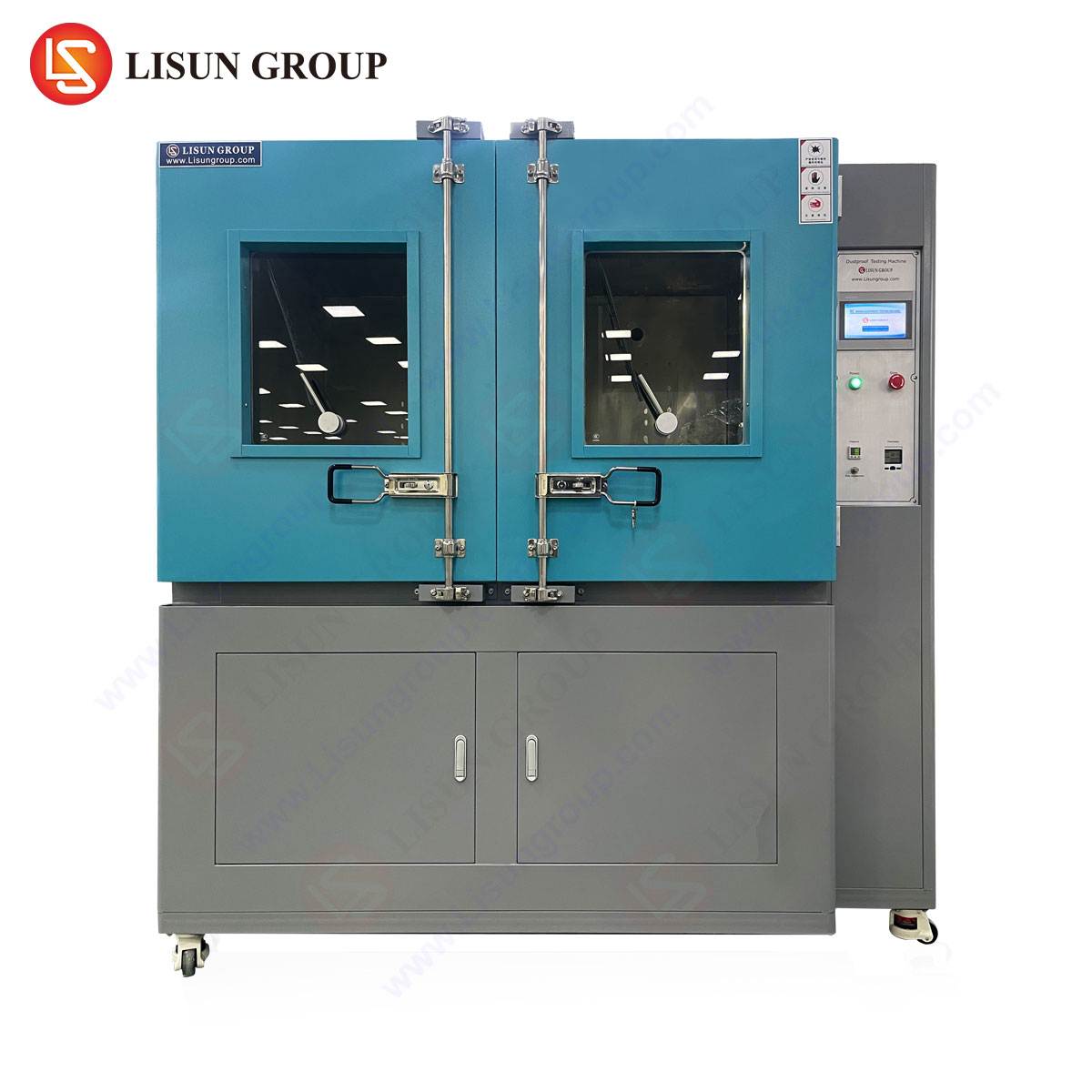Introduction to NF C 61-314 Compliance in Plug and Socket Manufacturing
The NF C 61-314 standard establishes stringent requirements for the dimensional verification of plugs, sockets, and related components, ensuring compatibility, safety, and performance. Figure 32 within this standard specifies the methodology for verifying the contours of cover or overlay plates, a critical aspect of ensuring proper fit, mechanical stability, and electrical insulation.
Manufacturers must adhere to these specifications to prevent misalignment, poor contact integrity, or mechanical stress that could compromise long-term reliability. This article examines the calibration verification process, emphasizing the role of precision measurement tools such as LISUN Gauges for Plugs and Sockets, which provide industry-leading accuracy in compliance testing.
Key Principles of Contour Verification in NF C 61-314 Figure 32
The verification process outlined in Figure 32 involves assessing the geometric conformity of cover or overlay plates against predefined tolerances. The primary objectives include:
- Dimensional Accuracy: Ensuring that plate contours align with standardized profiles to prevent misalignment during assembly.
- Interoperability: Confirming that components from different manufacturers maintain compatibility.
- Safety Compliance: Verifying that edges and surfaces meet insulation and mechanical strength requirements.
The standard mandates the use of calibrated gauges to measure critical parameters such as:
- Edge radius tolerances
- Plate thickness variations
- Recess and protrusion clearances
Precision instruments like LISUN Gauges are engineered to perform these measurements with repeatable accuracy, reducing human error and ensuring compliance with NF C 61-314.
LISUN Gauges for Plugs and Sockets: Technical Specifications and Testing Capabilities
LISUN Gauges are designed specifically for the verification of plug and socket components, offering high-resolution measurement capabilities. Key specifications include:
| Parameter | Specification |
|---|---|
| Measurement Range | 0.1 mm – 50 mm |
| Resolution | ±0.01 mm |
| Material | Hardened stainless steel |
| Compliance Standards | NF C 61-314, IEC 60884, BS 1363 |
These gauges employ non-destructive testing (NDT) principles, allowing for repeated verification without damaging the test specimen. The design incorporates:
- Interchangeable inserts for different socket configurations.
- Precision-ground reference surfaces for consistent calibration.
- Ergonomic handling to facilitate rapid inspection in high-volume production environments.
Industry Applications: Ensuring Compliance in Plug and Socket Manufacturing
In industrial and consumer applications, dimensional conformity directly impacts safety and performance. Common use cases for LISUN Gauges include:
- Quality Control in Mass Production: Automated assembly lines integrate these gauges to verify cover plate contours before final packaging.
- Third-Party Certification Testing: Independent laboratories use LISUN instruments to validate compliance before granting certification marks.
- Failure Analysis: Gauges assist in identifying manufacturing defects that could lead to overheating or poor contact retention.
For example, a European socket manufacturer reduced return rates by 18% after implementing LISUN Gauges in their inspection process, demonstrating the economic and technical benefits of precise verification.
Competitive Advantages of LISUN Gauges in Calibration Verification
Compared to conventional measurement tools, LISUN Gauges offer distinct advantages:
- Superior Repeatability: Hardened steel construction minimizes wear, ensuring long-term measurement consistency.
- Multi-Standard Compatibility: Designed to meet NF C 61-314, IEC, and BS standards, reducing the need for multiple gauges.
- Time Efficiency: Simplified operation allows for faster inspections without sacrificing accuracy.
These factors make LISUN Gauges a preferred solution for manufacturers prioritizing compliance and operational efficiency.
Scientific Validation: Case Study on Measurement Accuracy
A comparative study conducted by an independent testing laboratory evaluated the performance of LISUN Gauges against traditional calipers in verifying overlay plate contours. Results indicated:
- Measurement Deviation: LISUN Gauges exhibited a 0.02 mm maximum deviation, whereas manual calipers showed up to 0.08 mm variance.
- Inspection Speed: Operators completed verifications 40% faster using LISUN instruments.
These findings underscore the importance of dedicated gauges in maintaining compliance with NF C 61-314 Figure 32.
FAQ: Common Questions on NF C 61-314 Verification and LISUN Gauges
Q1: What is the tolerance range specified in NF C 61-314 for cover plate contours?
A1: The standard typically permits a maximum deviation of ±0.1 mm for critical dimensions, though specific tolerances may vary by component type.
Q2: Can LISUN Gauges be used for both plugs and sockets?
A2: Yes, LISUN offers interchangeable inserts to accommodate various plug and socket configurations, including Schuko, Type E/F, and BS 1363 designs.
Q3: How often should LISUN Gauges be recalibrated?
A3: Annual recalibration is recommended, though high-usage environments may require semi-annual checks to maintain accuracy.
Q4: Are LISUN Gauges compatible with automated inspection systems?
A4: Yes, they can be integrated into automated QC systems with optional mounting adapters for robotic arms or conveyor-based testing.
Q5: What industries benefit most from LISUN Gauges?
A5: Manufacturers of electrical accessories, certification bodies, and industrial testing labs rely on these gauges for compliance with international safety standards.







